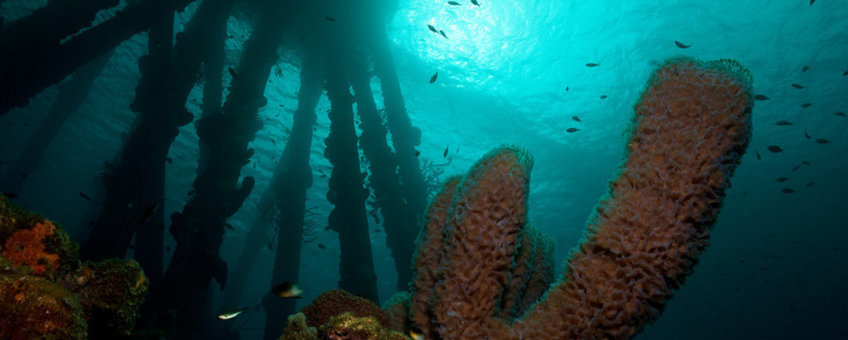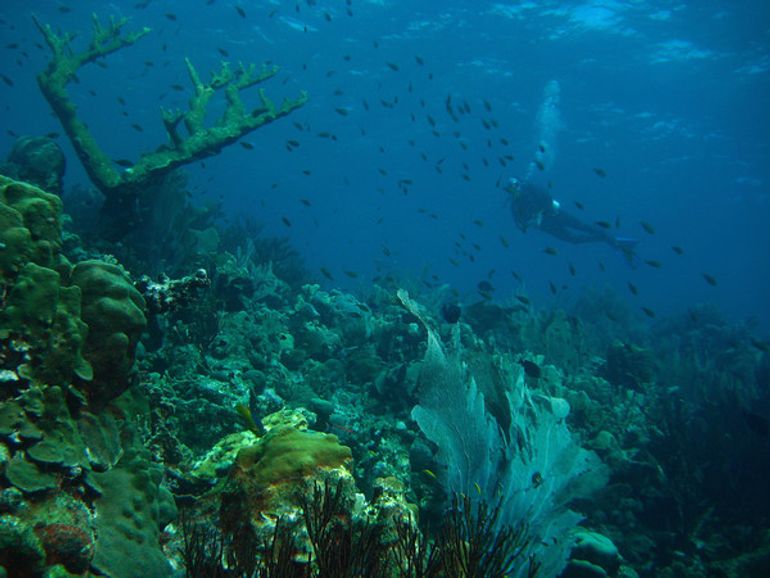
Comparative study on artificial reefs of the Caribbean
Dutch Caribbean Nature Alliance (DCNA), Van Hall Larenstein, Wageningen University & ResearchSince the 1960s, artificial reefs have been placed around the Caribbean for tourism, to aid in improving fish stock, providing coastal protection and for scientific research. Unfortunately, there has been limited research to fully understand these reefs' impact or compare artificial reefs to their natural neighbors. Researchers debate whether artificial reefs actually improve fish populations by encouraging increased reproduction or whether they are merely attracting fish from nearby reefs. Understanding how artificial reefs affect local fish populations and neighboring reefs will be critical in implementing meaningful conservation strategies in the future.
The study
A new study conducted by University of Applied Sciences Van Hall Larenstein and Wageningen University and Research within the AROSSTA (Artificial Reefs on Saba and Statia) project aimed to evaluate the ecological effects of artificial reefs within the Caribbean. To do so, 212 different artificial reefs were analyzed based on reef type, location, deployment year, purpose, material, ecological development and fisheries management status.
The results
The results proved very insightful. It was determined that the three most common purposes for artificial reefs were to serve as new scuba diving sites (41 percent), for research (22 percent) and to support ecosystem restoration (18 percent). In addition, researchers found metal and concrete to be the most widely used materials. They also found a number of factors which could help bolster fish populations, such as reefs with more complex geometries and those placed in areas of dense seagrass.

This study also found that of all the artificial reefs, only 38 are located within marine protected areas that prohibit fishing. This means that over eighty percent of all artificial reefs are fishable. This is especially true for the southern and southwestern Caribbean (including Aruba, Bonaire and Curacao), where a hundred percent of the reefs are within legal fishing zones. As artificial reefs attract part of their marine organisms from surrounding habitats, intensive exploitation by fishers can adversely affect the fish stocks in the surrounding area and thus counteract any potential ecosystem benefits.
Future conservation
Effective marine conservation will require additional information on the impacts of artificial reefs on these local environments. The benefits of increased fish biodiversity and populations could be quickly undone by overfishing within the same area. The authors therefore conclude that the current management status of most artificial reefs in the Caribbean is a threat for its fish stocks. If implemented properly, artificial reefs could be a critical tool for future conservation efforts. Therefore, this study concluded that artificial reefs should be carefully monitored and integrated into future marine management plans.
More information
Text: Dutch Caribbean Nature Alliance
Photos: Rudy Van Geldere (lead photo: salt pier Bonaire); Mark Vermeij
